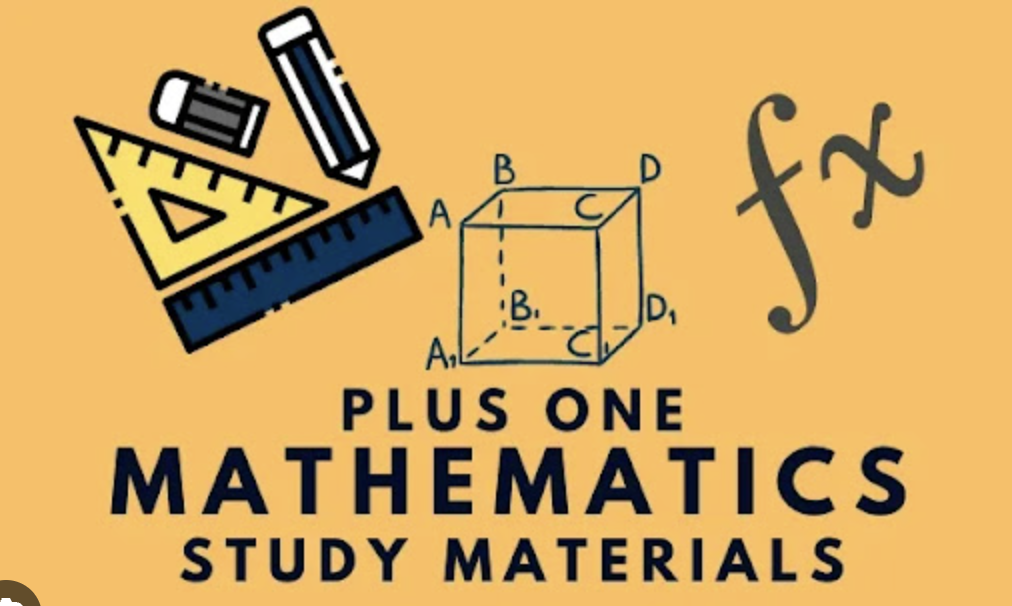The Binomial Theorem provides an elegant formula for expanding expressions of the form (a+b)^n without direct multiplication. This chapter explores binomial expansions, properties of binomial coefficients, and practical applications in various mathematical contexts. Students will learn to find specific terms in expansions, understand Pascal’s triangle, and connect these concepts to combinatorial problems. This theorem serves as a bridge between algebra and more advanced topics like calculus, probability distributions, and mathematical analysis.
Chapter 8: Binomial Theorem
The Binomial Theorem provides a formula for expanding expressions of the form (a + b)ⁿ.
Binomial Expansion:
(a + b)ⁿ = nC0 × aⁿ × b⁰ + nC1 × aⁿ⁻¹ × b¹ + nC2 × aⁿ⁻² × b² + … + nCn × a⁰ × bⁿ
Or written with summation notation: (a + b)ⁿ = Σ(k=0 to n) nCk × aⁿ⁻ᵏ × bᵏ
Binomial Coefficients:
The coefficient of xᵏ in the expansion of (1 + x)ⁿ is nCk.
Pascal’s Triangle:
A triangular array where each number is the sum of the two numbers directly above it:
1 1
1 2 1
1 3 3 1
1 4 6 4 1
Each row represents the coefficients in the binomial expansion of (a + b)ⁿ.
Properties of Binomial Coefficients:
- nC0 + nC1 + nC2 + … + nCn = 2ⁿ
- nC0 – nC1 + nC2 – … + (-1)ⁿnCn = 0
- nC0² + nC1² + nC2² + … + nCn² = ²ⁿCn
General Term:
The (r+1)th term in the expansion of (a + b)ⁿ is: Tr+1 = nCr × aⁿ⁻ʳ × bʳ
Applications:
- Probability distributions (Binomial probability)
- Approximation methods
- Series expansions
Complete Chapter-wise Hsslive Plus One Maths Notes
Our HSSLive Plus One Maths Notes cover all chapters with key focus areas to help you organize your study effectively:
- Chapter 1 Sets
- Chapter 2 Relations and Functions
- Chapter 3 Trigonometric Functions
- Chapter 4 Principle of Mathematical Induction
- Chapter 5 Complex Numbers and Quadratic Equations
- Chapter 6 Linear Inequalities
- Chapter 7 Permutation and Combinations
- Chapter 8 Binomial Theorem
- Chapter 9 Sequences and Series
- Chapter 10 Straight Lines
- Chapter 11 Conic Sections
- Chapter 12 Introduction to Three Dimensional Geometry
- Chapter 13 Limits and Derivatives
- Chapter 14 Mathematical Reasoning
- Chapter 15 Statistics
- Chapter 16 Probability
